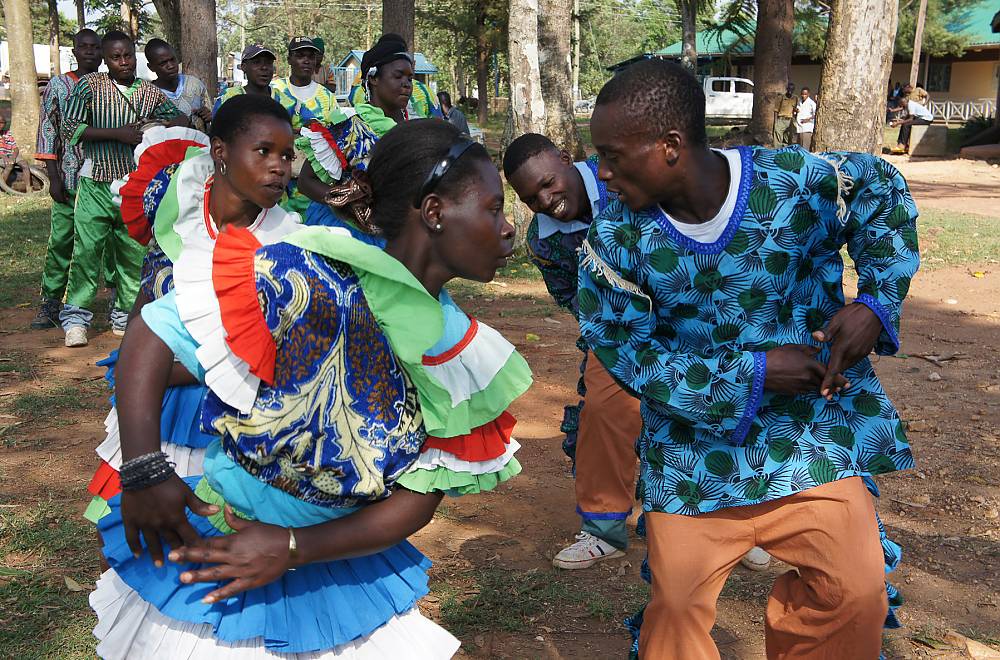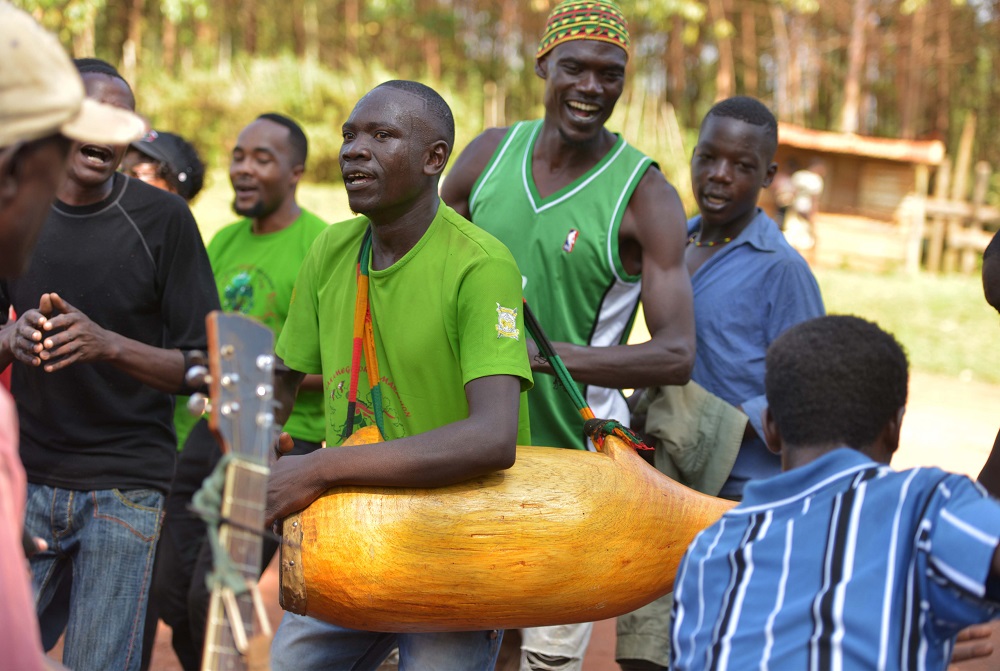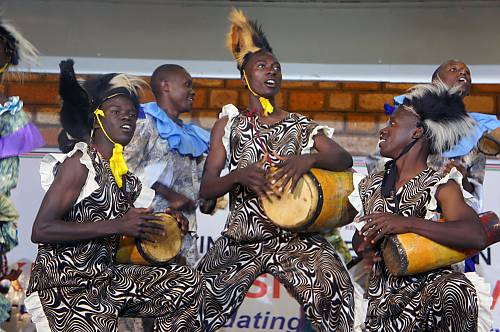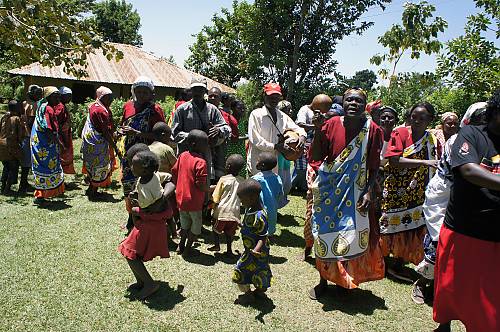
Luhya Elders have expressed great concern over what they termed as “extinction threat” to the community’s famed Isukuti dance, calling upon the youth to save it.
Despite receiving global recognition from United Nations Education Scientific and Cultural Organisation (Unesco), the cultural dance is under threat according to the elders.
While speaking on the side lines of a recent bullfight in Khayega, Fred Imboba, one of the elders, said the frequency of performance of the dance is diminishing.

“The rich heritage is no more. The elders who were good at it lack successors. Unavailability of the necessary materials, instruments and costumes for the dance are partly to blame,” said Imboba, while also blaming use of recorded music at live events.
Solomon Khayinga, yet another elder, lashed at youth for their preference for contemporary dances from Jamaica and other parts of the world to the fast paced traditional jig, which was always performed at festivals, ceremonies and sporting events.
“This was an integral tool for cultural transmission from one generation to another, but the youth don’t seem to care anymore and prefer bend-over and other foreign dances,” he said.

The traditional dance practised by the Isukha and Idakho communities in western Kenya was listed as endangered in 2014 by a United Nations agency as an “intangible cultural heritage in urgent need of safeguarding.”
The fast-paced Isukuti dance, performed at many public and private celebrations, is among three traditions that the UN Educational, Scientific and Cultural Organisation (Unesco) declared in danger of fading into extinction.
A male child-cleansing ceremony of the Lango people of Uganda and the oral tradition of Venezuela’s Mapoyo group were listed along with the Isukuti dance.

“Transmission of Isukuti dance is presently weakening and the frequency of performance is diminishing,” warns a Unesco committee that seeks to protect threatened aspects of humanity’s cultural heritage. Many bearers are elderly and lack successors to whom they can pass on their knowledge. Lack of funds and the necessary materials to make the instruments and costumes also present an obstacle.”
Composers in the Isukha and Idakho communities “prefer to work in more commercial genres,” the Unesco committee notes, adding that local audiences “frequently substitute contemporary entertainment for traditional Isukuti dances.”
The Isukuti dance is a traditional celebratory performance practised among the Isukha and Idakho communities of Western Kenya. It takes the form of a fast-paced, energetic and passionate dance accompanied by drumming and singing.

An integral tool for cultural transmission and harmonious coexistence between families and communities, it permeates most occasions and stages in life including childbirths, initiations, weddings, funerals, commemorations, inaugurations, religious festivities, sporting events and other public congregations.
The dance derives its name from the drums used in the performance, played in sets of three – a big, medium and small drum – and normally accompanied by an antelope horn and assorted metal rattles. A soloist leads the dance, singing thematic texts in tandem with the rhythm of the drumbeats and the steps of the dancers, arranged in separate rows for men and women.

Transmission of Isukuti dance is presently weakening and the frequency of performance is diminishing. Many bearers are elderly and lack successors to whom they can pass on their knowledge. Lack of funds and the necessary materials to make the instruments and costumes also present an obstacle. Finally, many composers prefer to work in more commercial genres, and audiences frequently substitute contemporary entertainment for traditional Isukuti dances.